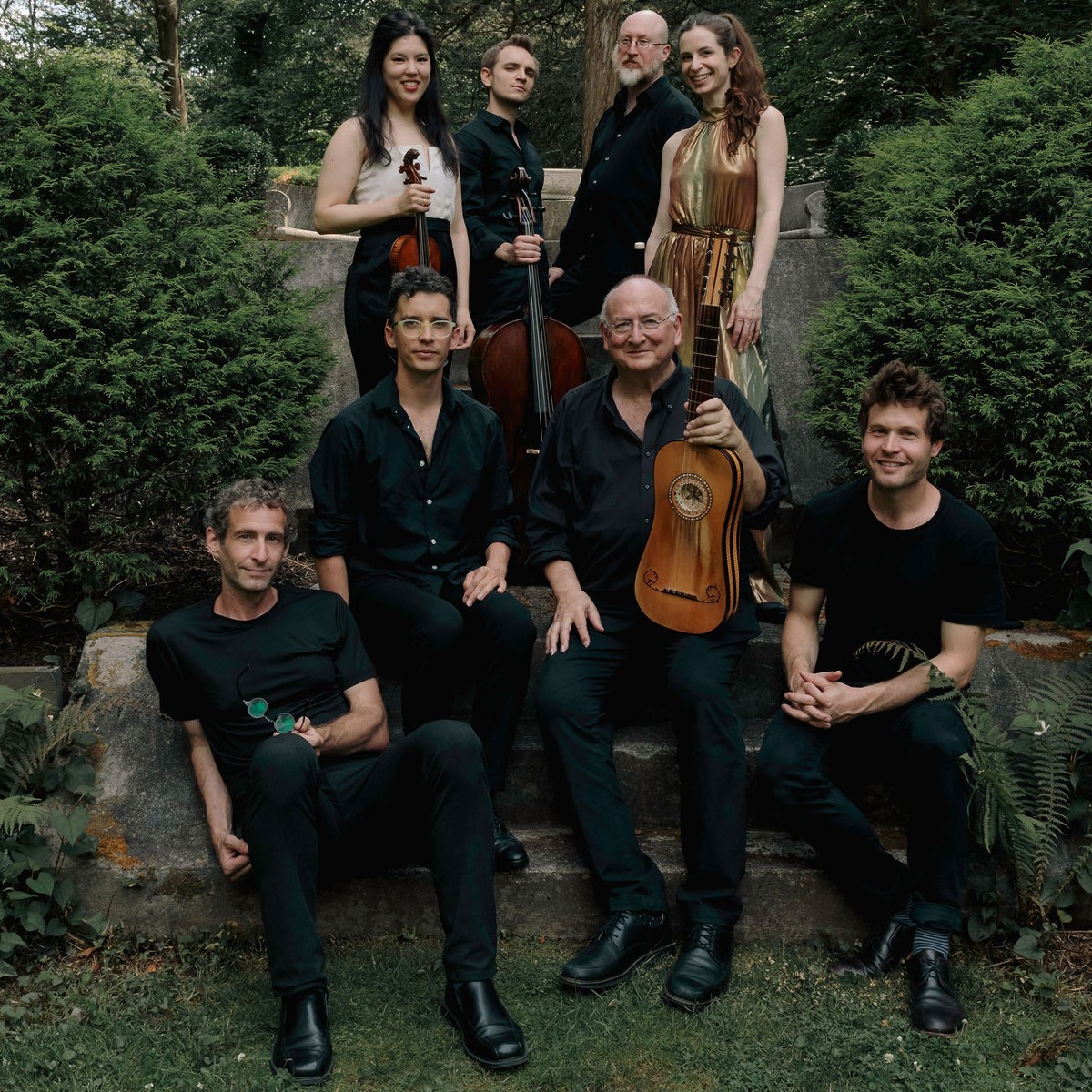February 2024
 An interview with John Thiessen and Clay Zeller-Townson
An interview with John Thiessen and Clay Zeller-Townson
JT: We are joined today by Clay Zeller-Townson, virtuoso bassoonist, and the director of Ruckus, one of GEMS fiscal sponsored ensembles. Welcome.
CLAY: It’s a pleasure to be here speaking with you John, and thanks for all you do to support ensembles in our field!
JT: Clay, working with Ruckus and other early music ensembles is such a joy. GEMS is there to help in any way possible. Now, to your superlative group… It seems that the heart of Ruckus’ raison d’être is a sense of playfulness, inventiveness, and subversion. Can you speak to that?
CLAY: In our band, we know that our best, most alive and vibrant music making comes from our feeling free and playful. We "play" music, don’t we? So, we built a space in Ruckus for this group of like-minded musicians for that to happen. If we aren’t giggling, something is wrong. If we love the way it sounds, then it’s correct.
JT: Humor and joy in music-making. What could be better? Ruckus operates as a core ensemble, a basso continuo group, along with collaborators. Why the distinction and what were your models when you formed the core group?
CLAY: I’ve always understood continuo practice to be THE THING in Baroque music. It is the unanswered question in the score, it is the tool to create stark drama, and a direct path to unique expression. I knew that to make a Baroque ensemble that had a real personal sense of style, the continuo section had to be extremely tight. I learned this truth through my exposure to Boston Early Music Festival’s recordings of Lully operas and my classes with lutenist Paul O’Dette back at the Eastman School. But just as much as BEMF showed me how Baroque music DOES SWING, we are always looking at rhythm sections from other genres for lessons. The Basie Band, of course, Duke Ellington when Jimmy Blanton was on bass, right now an Irish trad band from the 70’s called The Bothy Band, and, of course, …The Beatles.
JT: Certainly, Baroque music finds its best groove when there is a cohesive, communicative, and inventive continuo section, but too often, period ensembles are biased toward treble instruments and voices making them "top-heavy". It is so enjoyable to listen to and see Ruckus follow the historical model of having at least as many continuo instruments as upper parts.
CLAY: Continuo is a fabulous, delicious texture machine! The fun house kaleidoscope! Plus, we love being maximalist.
JT: Another interesting aspect is that Ruckus prioritizes period music, roots music and new music in equal measure, which again, is not the norm for early music ensembles. How do you understand the interplay among the three?
CLAY: Look, it’s ALL new the moment it happens. When we play Handel, we are making "new music". We don’t think too much about it, because period, roots and new music are just in our DNA as the creative and curious musicians we are. Paul, our guitarist, comes from a folk music background; Elliot, our harpsichordist, is a composer by training; and so is Doug, our bassist. It really depends on the project and the music we are curious about — it usually just shows us what it wants to do. Because we have had a lot of time together over the last decade, it's usually pretty clear, and sometimes that means Handel meets Lachenmann meets Punch Brothers.
JT: Ruckus has an interesting concert coming up on February 25th at Town Hall in New York featuring music of G.F. Handel and Ignatius Sancho (ca.1729–1780). Tell us about this program. How did the pairing of composers come about and who will join you on stage?
CLAY: We are super excited to be at People’s Symphony coming up. Two rockstars are joining us: Emi Ferguson on flute and Rachell Ellen Wong on violin. The show is built around Handel Trios and Sancho’s Country Dances, and together, they give a rich, rocking portrait of 18th-century London music making. We are really aiming to be a dance band here and we are inspired by the countless period descriptions of dances happening across the English speaking world: held hands, sweating, spinning, and laughing all through the night. And Sancho is such a cool character. His is a great story to tell.
JT: Because of what you do and how you do it, Ruckus’ performances must inspire all kinds of audience response. What is the thing you most like to hear from your fans after concerts?
CLAY: I just wish I could have been DANCING!
JT: Clay, GEMS wishes Ruckus continued success. You inspire us with your joy, virtuosity, and openness and hope Town Hall will be packed to the rafters February 25th!
Listen to and watch Ruckus in action:



